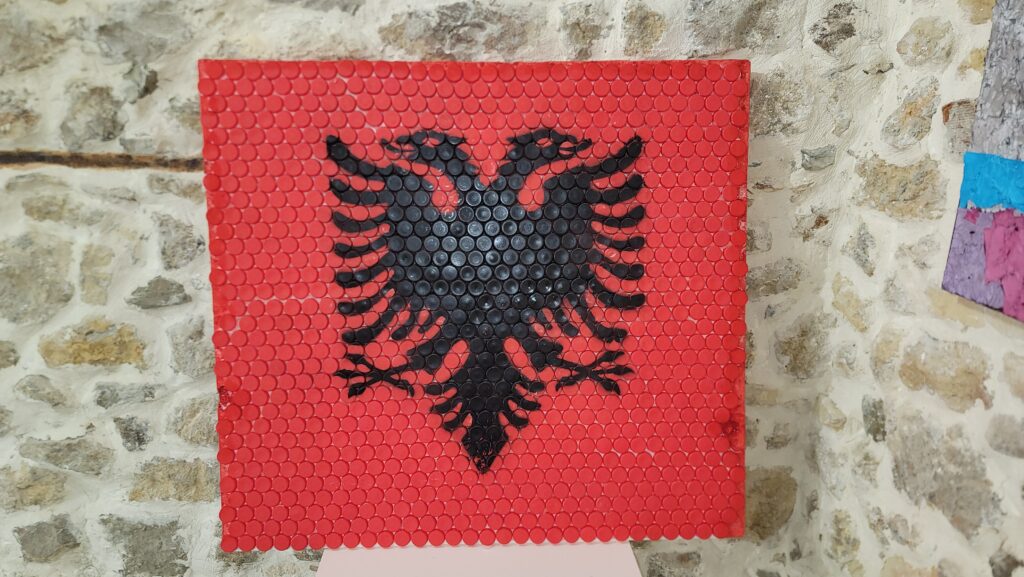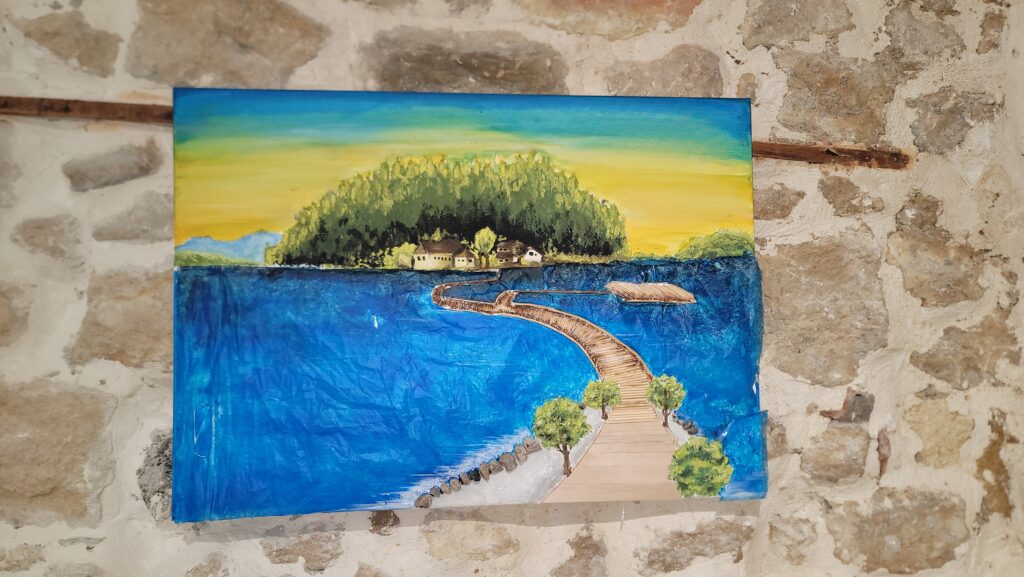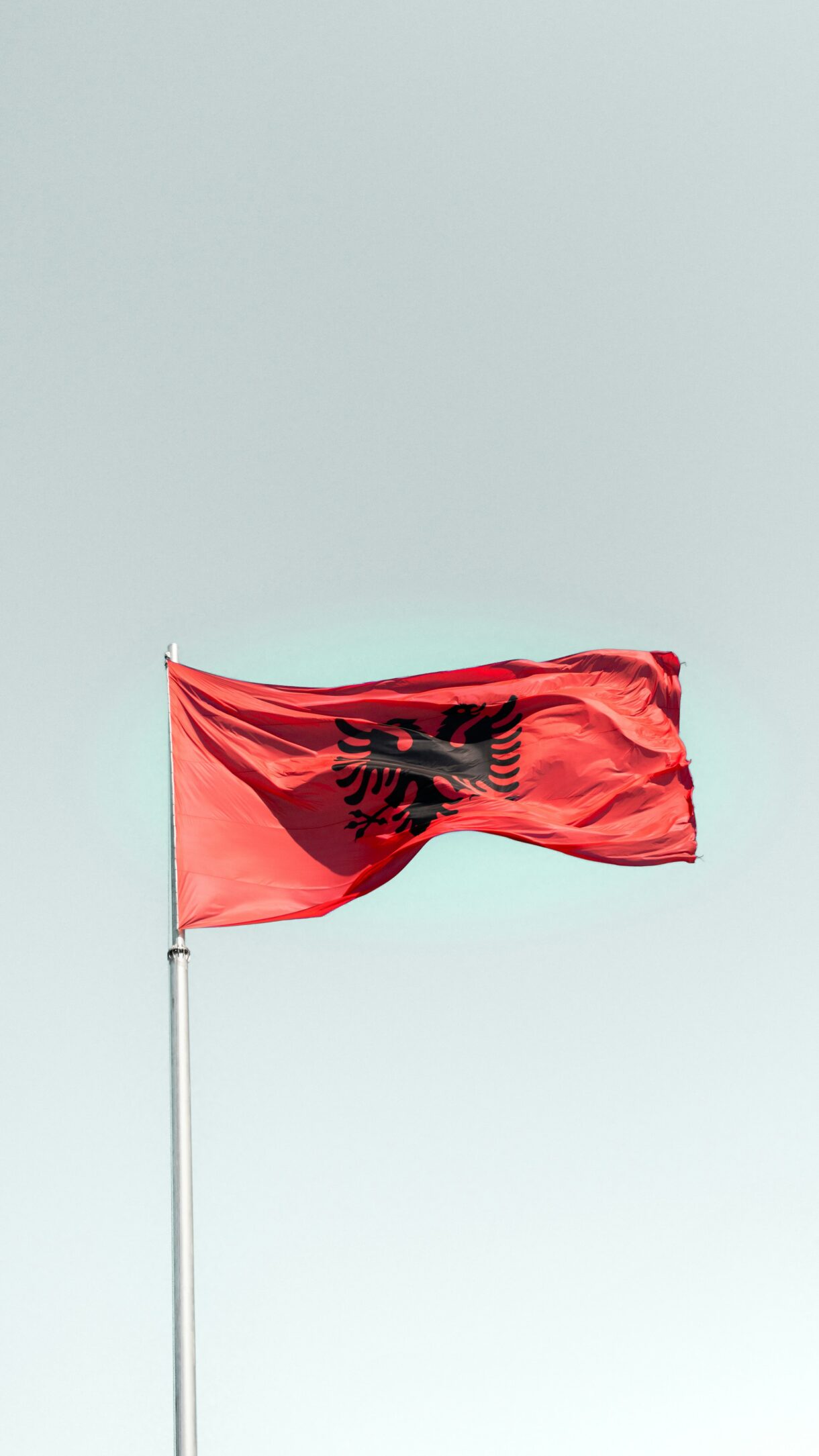
Grassroots Movements in Albania: Transforming Landscapes, Empowering Communities, and Redefining Art and Ecology
Nestled between breathtaking coastlines and mountainous terrains, Albania‘s landscapes are rich with untapped potential. In the heart of these natural wonders, particularly in areas like Zvernec, the Narta Lagoon, and Vlora, grassroots organizations are quietly leading a revolution, intertwining art, ecology, and community empowerment to foster sustainable and just development.
A New Cultural Pulse in the Zvernec and Vlora Regions
The stunning Zvernec Peninsula and the Narta Lagoon have long been admired for their beauty, but they also represent a battleground where human activity and environmental fragility meet. This delicate balance has drawn the attention of local communities and civil society organizations (CSOs) like CERCI, which have become catalysts for change in these areas. With a focus on socio-environmental justice, CERCI has been tirelessly working to address the disproportionate distribution of environmental risks and benefits in Vlora and its surrounding regions. Untreated sewage, deforestation, and poor waste management are just a few of the issues that have plagued marginalized rural communities here for years.
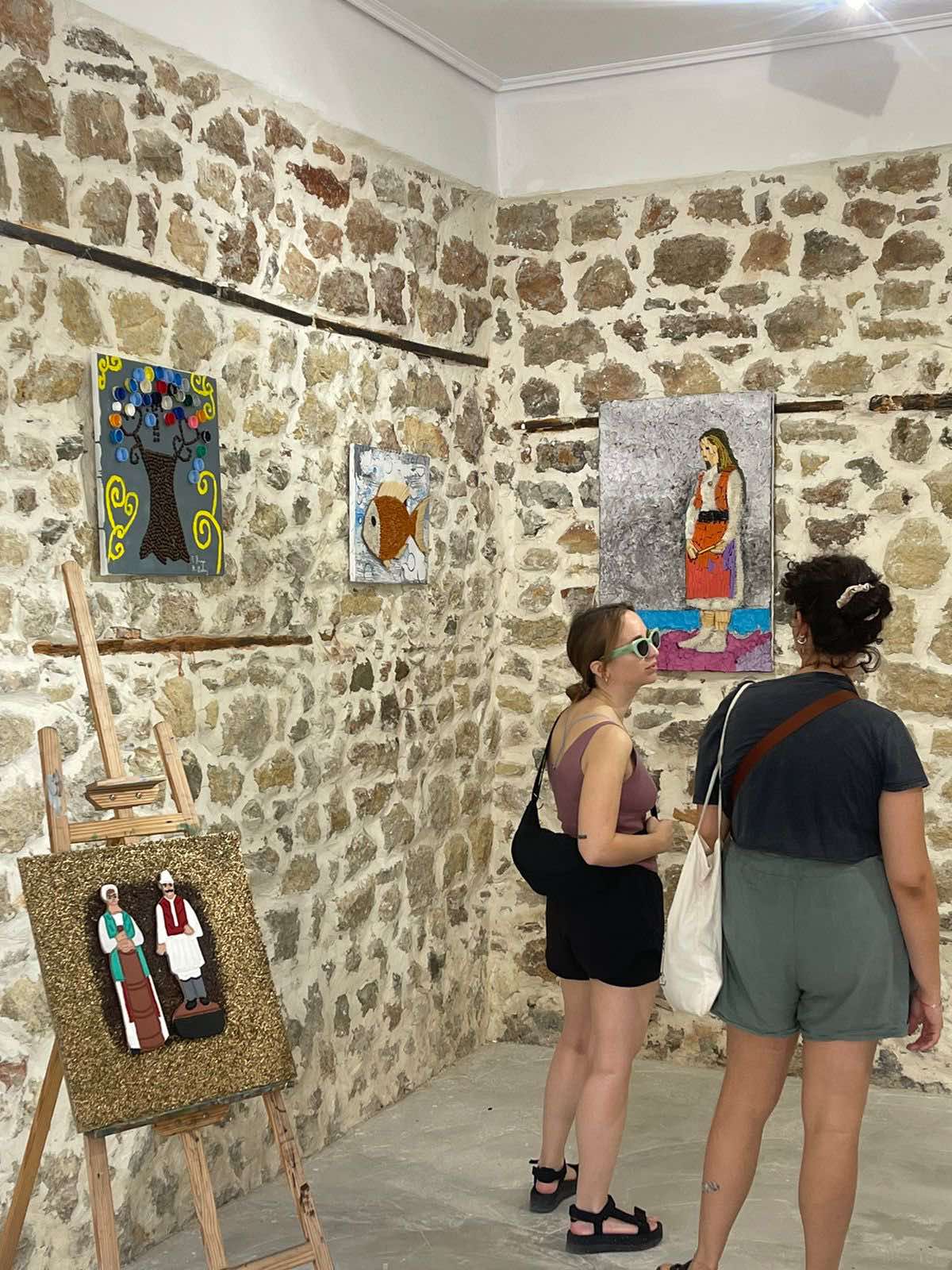
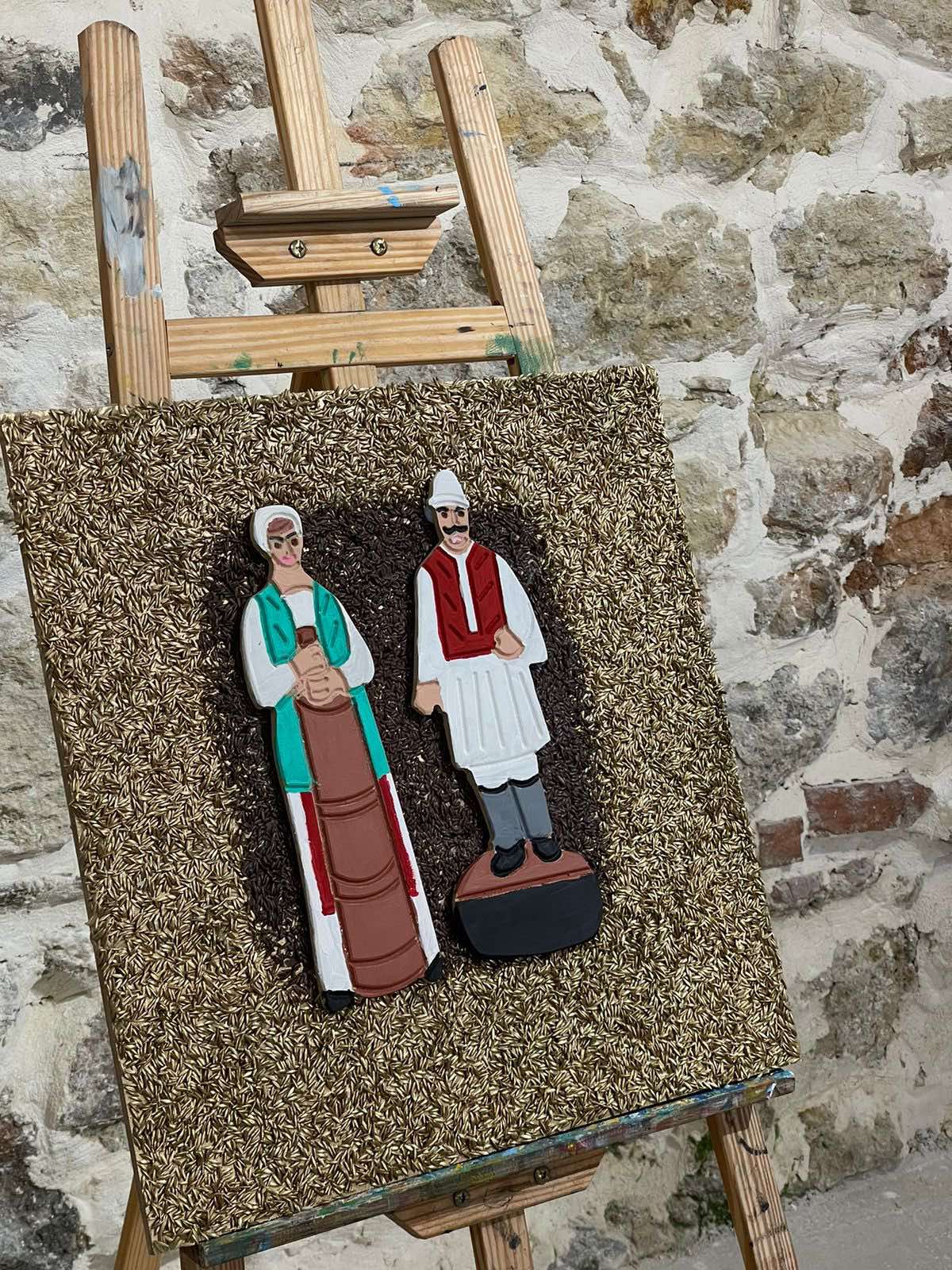
The recovery of abandoned spaces like bunkers in the Vjose-Narte Protected Landscape, transforming them into vibrant hubs for cultural and ecological engagement, stands as one of the most symbolic achievements of CERCI. These neglected structures, once seen as remnants of a darker time, now breathe life as part of the Ecomuseum of Zvernec. This innovative space showcases installations that speak to the Anthropocene -the era in which human activity has left an indelible mark on the Earth’s geology and ecosystems. By utilizing recycled materials, local young artists have transformed these spaces into platforms for artistic expression, linking environmental challenges with cultural resilience.
Community-Led Art and Ecology: The Example of Ish-Soda Neighborhood
One of the standout projects led by CERCI has been the transformation of the Ish-Soda neighborhood in Vlora, a disadvantaged area that has long been neglected. Murals created by both local and international artists now grace the walls of this community, turning it into a canvas that communicates stories of resilience, struggle, and hope. These artistic expressions have not only beautified the neighborhood but have also connected it with broader environmental and social justice initiatives, emphasizing the potential for cultural heritage to serve as a tool for awareness and transformation.
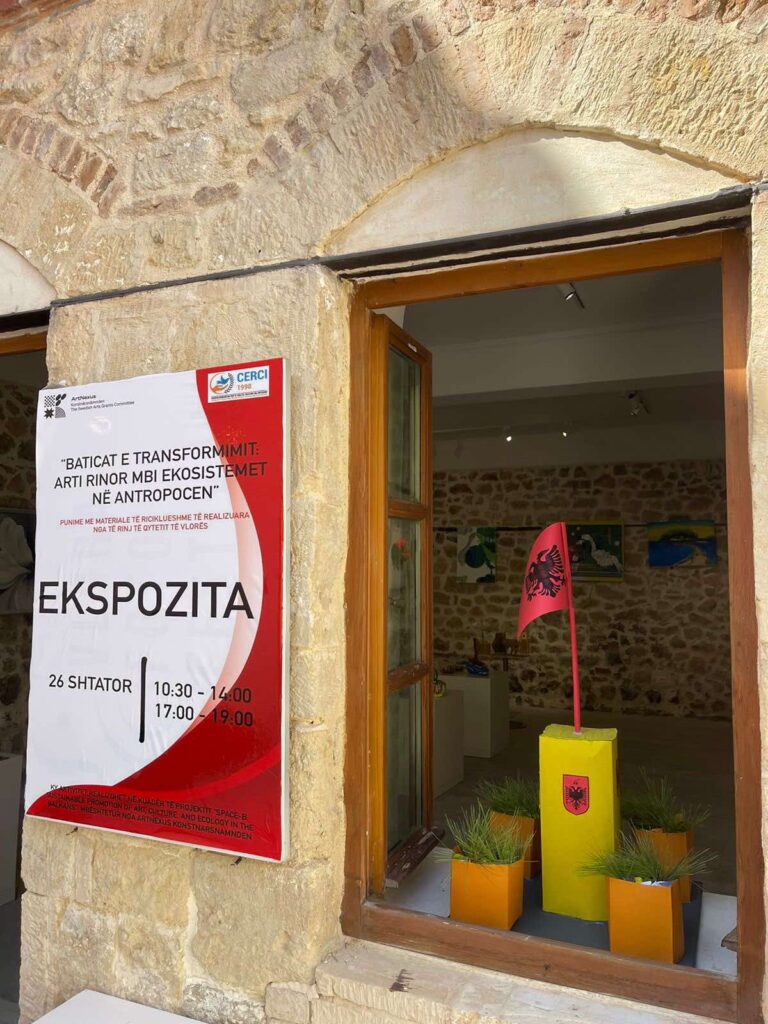
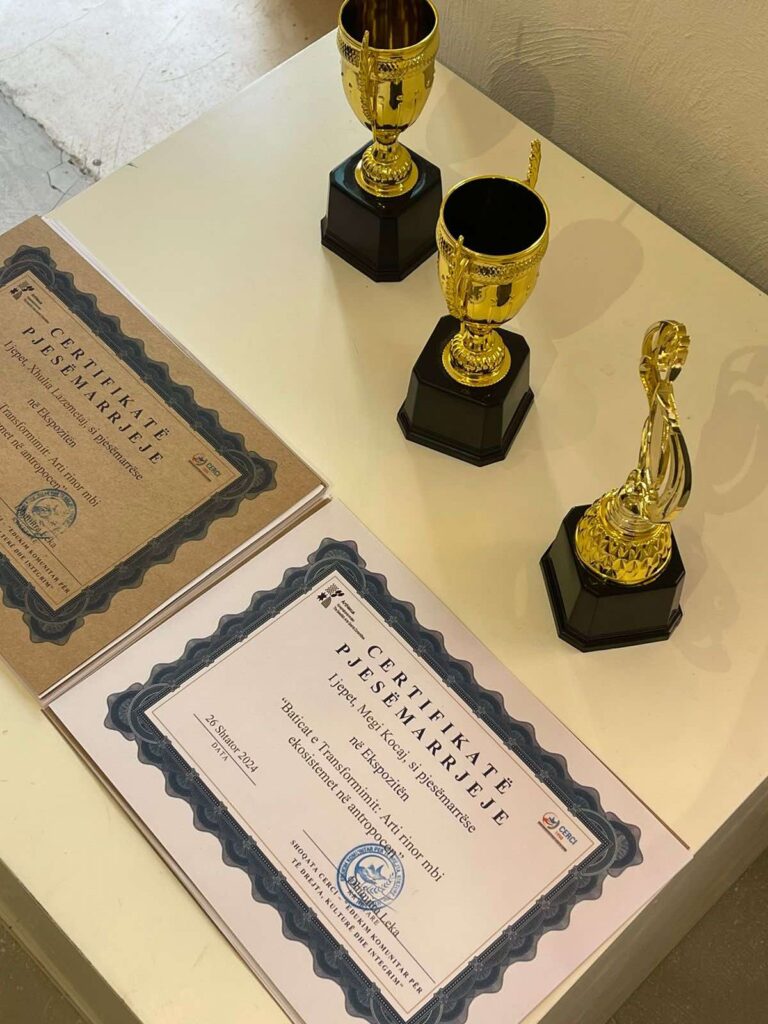
The community’s involvement in these projects has grown over time, highlighting the increased reactivity and engagement of local populations. Previously passive in the face of exploitation and environmental degradation, local communities are now at the forefront, advocating for the preservation of their environment while expressing themselves through art. These grassroots initiatives, supported by the ArtNexus Programme, are slowly but surely fostering a more equitable and sustainable relationship between people and nature.
The Power of Grassroots Movements: Promoting a Sustainable Future
What makes these projects unique is their ability to engage young people, particularly from marginalized areas. Many of these initiatives, like the artistic installations at the Delisuf Bunkers or the eco-themed murals in Vlora, involve local youth in every step, from planning to execution. These efforts have not only empowered young artists but have also contributed to their professional growth, equipping them with the skills and confidence to shape their futures.
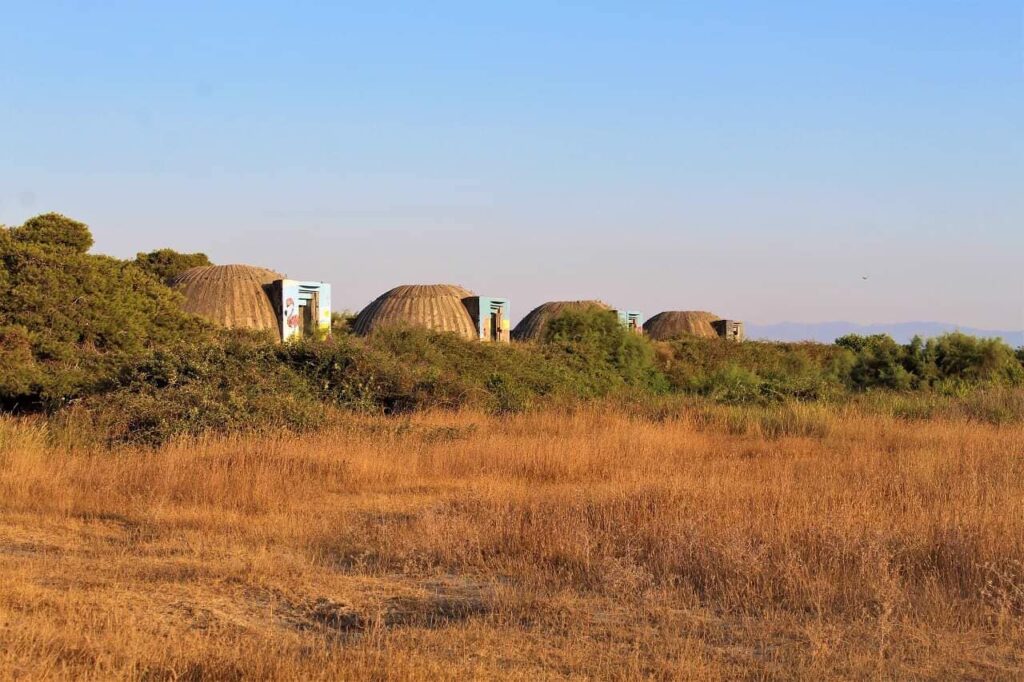
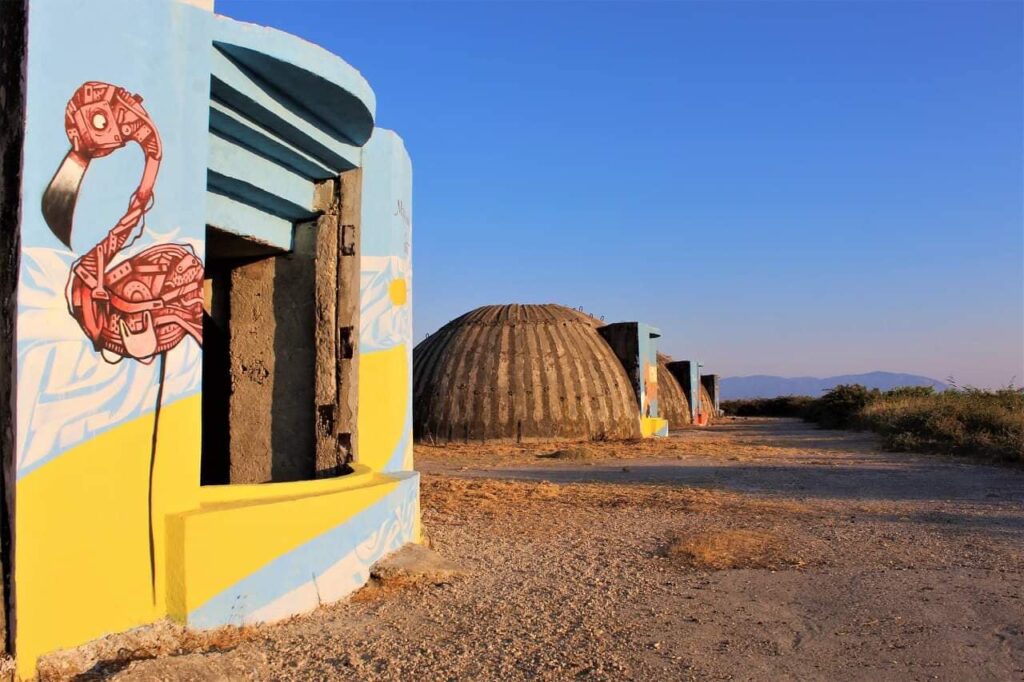
With limited financial support, organizations like CERCI are demonstrating that sustainable development does not always require massive investments. Instead, by focusing on community engagement, artistic innovation, and environmental consciousness, they are creating lasting impacts in regions that have long been overlooked. The SPACE-B project, for example, breathes new life into abandoned spaces, providing a tangible example of how culture, nature, and social justice can coexist harmoniously.
A Destination for Experiential Tourism
With its rich natural landscapes and deep cultural heritage, Vlora and its surrounding areas have the potential to become destinations for experiential tourism, which emphasizes immersive, authentic experiences over conventional sightseeing. The recovery and valorization of neglected spaces, coupled with community-driven artistic and ecological initiatives, offer tourists the opportunity to engage directly with local culture and environmental efforts.
Tourists can visit the bunkers of Zvernec, now transformed into artistic spaces, or explore the vibrant murals of the Ish-Soda neighborhood, while also gaining insight into the environmental challenges faced by these communities. This form of tourism not only benefits local economies but also fosters a deeper understanding of the need for sustainable practices and social justice.
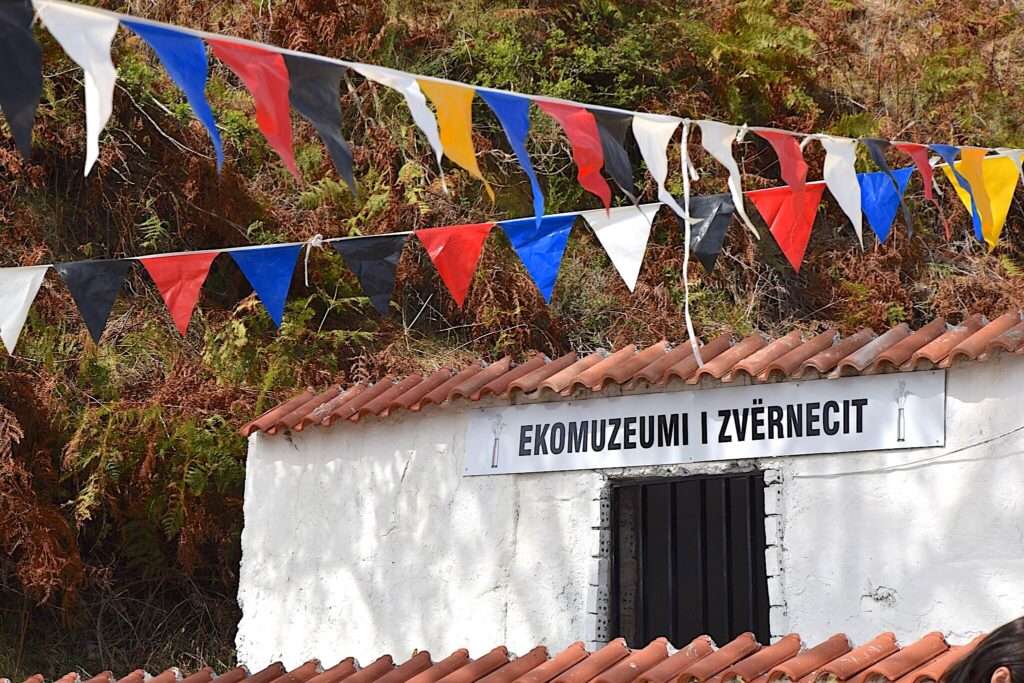
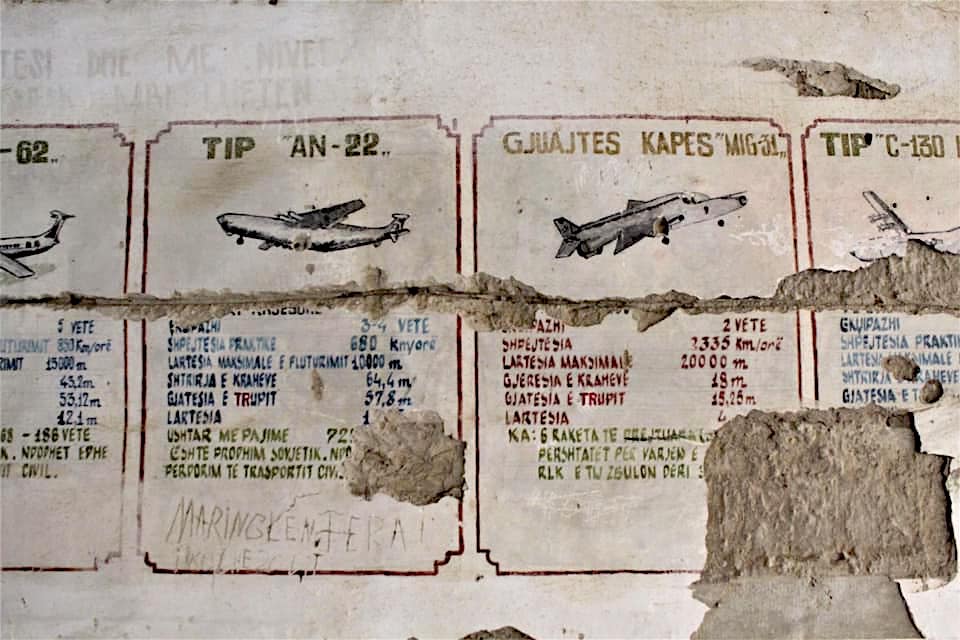
A Call for more Support
Despite these remarkable achievements, the grassroots movements in Albania face an ongoing struggle for adequate funding and support. Projects like those spearheaded by CERCI and funded by ArtNexus demonstrate the power of local efforts, but they require more significant assistance to scale their impact and continue promoting Albania’s hidden gems. The landscapes of Zvernec, the Narta Lagoon, and Vlora are not just natural treasures; they are testaments to the resilience of the human spirit, and the commitment of small, community-driven organizations to achieve social and environmental justice.
For Albania to fully harness the potential of these initiatives, more robust financial and institutional support is essential. Only by investing in the cultural and ecological wealth of the region can the nation move toward a more equitable, sustainable future—one where art, nature, and community flourish hand in hand.
In the meantime, organizations like CERCI will continue their vital work, proving that even with limited resources, it’s possible to ignite transformation. These projects don’t just promote local culture; they weave it into the broader narrative of environmental stewardship and social justice, showing that the future of Albania’s landscapes—and its people—lies in the hands of those willing to stand up and create change.
